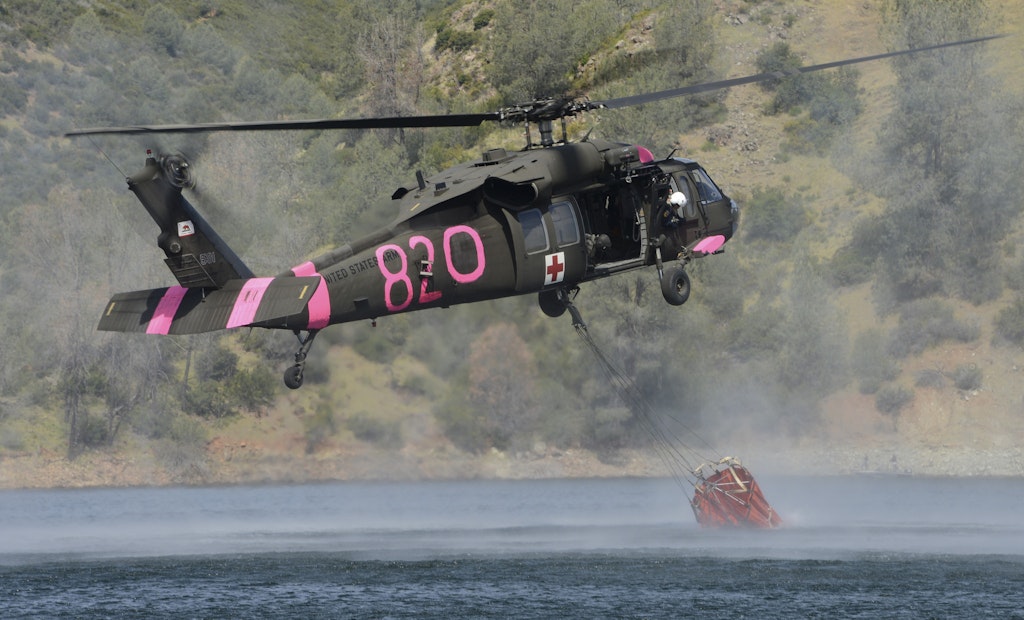
The number of wildfires in the state of California has increased over the past several years due at least in part to the unusually dry conditions.
Last year, CAL FIRE (California's Department of Forestry and Fire Protection) responded to 1,000 fires more than they do in an average year, according to spokesperson Daniel Berlant. They have already responded to well over 650 fires this year, which is about 50 percent more than normal for that timeframe.
“We’re very, very concerned about forest fires and what its impact will be up here,” says John Collins, general manager of the Alpine Springs County Water District. “If something gets started and the wind is blowing, it could be a disaster.” Thankfully, Collins notes, CAL FIRE brings more in the way of firefighting resources than the local districts are able to provide on their own.
Reservoir levels
Water used to fight California wildfires comes from the closest available source, Berlant says, whether it’s municipal water via fire hydrants or a pond, stream, river or reservoir. Those water levels are being monitored because helicopters need 5 to 6 feet of standing water for their buckets to be submerged.
If you see @theCaGuard copters today in Amador County. That's us training for fire season. http://t.co/7lbtISZ8va pic.twitter.com/BnQzsbQ2Fl
— CAL FIRE PIO Berlant (@CALFIRE_PIO) April 11, 2015
Despite the dry conditions, however, Berlant points out that there is not any immediate danger of running out of available resources. The volume of water in local reservoirs is significantly higher than anything used on a wildfire, he explains.
“The reason we push conservation so much is to ensure that while it’s available this year, next year if we don’t get rain and the following year if we don’t get rain, we still are maintaining that water supply so that it isn’t a concern,” he says. “But for now, there is still ample water in our reservoirs and in our water agencies.”
Doing their part
The department, like its counterparts across the state, is attempting to conserve water wherever possible, Berlant says. “Over the weekend, we had helicopter training occurring, and instead of the aircraft dropping on certain targets, we made sure those targets were in ravines that would drain right back into the reservoir.
“Water is the number one tool we can use to put out a fire,” he adds. “One of the reasons the state is pushing conservation so heavily is not only for drinking water and ensuring we have it for years to come, but also for emergency use, like wildfires.”
Even alternatives like fire retardants have a water base, and the use of chainsaws, shovels and hand tools only goes so far in terms of building a buffer zone around a fire.
Prevention matters
Although there has been a clear increase in wildfire activity, it’s important to keep in mind that the drought conditions do not necessarily equate to more fires.
“The conditions can be ripe for fires, as they are and as they’re going to be this summer, but the fact that 95 percent of our fires are caused by people means we have a job as Californians and as visitors to our state to ensure that we take steps to prevent sparking a fire,” Berlant says. “If we all do our job of preventing fires, we can safely make it through this drought.”
Photo credit: "CNG trains with CAL FIRE for 2015 wildland firefighting season" by California National Guard is licensed under CC BY 2.0.





